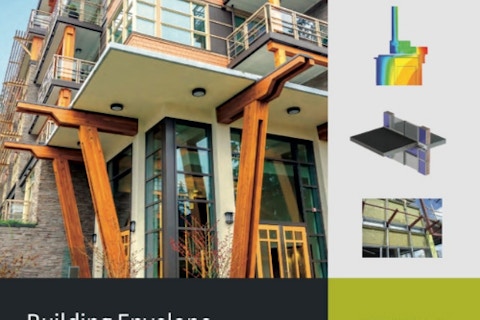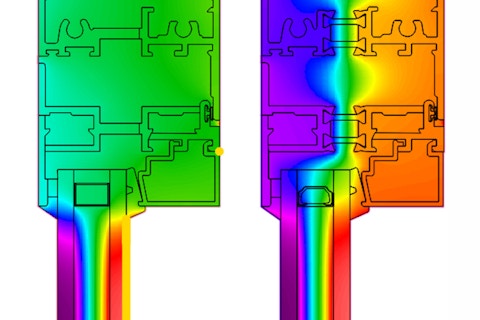
Simulation vs. reality: Insight and inspiration
While the building energy performance gap between as-designed and as-built structures has been recognized for some time – there is even a Wikipedia page dedicated to the problem – progress has been slow to close it. The gap has been identified around the globe, and was highlighted in North American buildings in 2008 by the New Buildings Institute’s study of 121 LEED accredited new buildings. One contributor to the gap is the lack of correlation between as-simulated and as-built performance. The Simulation vs. Reality Forum event was created by FTI’s Advocacy committee to identify best practices and highlight challenges associated with building energy simulation, and how to close the gap to the performance of the as-built structure.
...our typical code structures do not support high-performance façade (or building) design and construction.
One “ah-hah” moment came during the deep dive into the impact of energy simulation used in code compliance. The notion of “performance” in the “performance compliance path” is perhaps a misnomer, since our current codes do not set a fixed performance target, even for energy use intensity. The speakers talked in detail about the fact that design teams spend a lot of time making the performance of the reference building (a moving target) look as bad as possible – a process which takes us in the wrong direction for carbon reduction. Duane Jonlin, code official from the City of Seattle, also asserted that performance path modeling always sacrifices permanent envelope quality for replaceable equipment. Add to that the problem that the reference building rules do not allow design teams to take benefit for the carbon impact of fuel switching, and that the reference is to cost of energy (not even absolute energy), leads us to the conclusion that our typical code structures do not support high-performance façade (or building) design and construction.
This blog post dives into more of the takeaways from the event, including the need to focus on the outcomes we care about – like carbon emissions – not energy cost, the unintended consequences of our code structures, and provides examples of alternative approaches for structuring codes to avoid these issues. The FTI Advocacy committee will be working on translating the information and dialogue in the forum into documented façade simulation best practices. If you are interested in leaning into this work, please contact us to join the committee. skins@facadetectonics.org

Helen Sanders
General Manager
Technoform North America
Looking for something specific?
Search our extensive library.
FTI’s SKINS email is the central source for the latest in building skin trends and research.
All emails include an unsubscribe link. You may opt out at any time. See our privacy policy.













